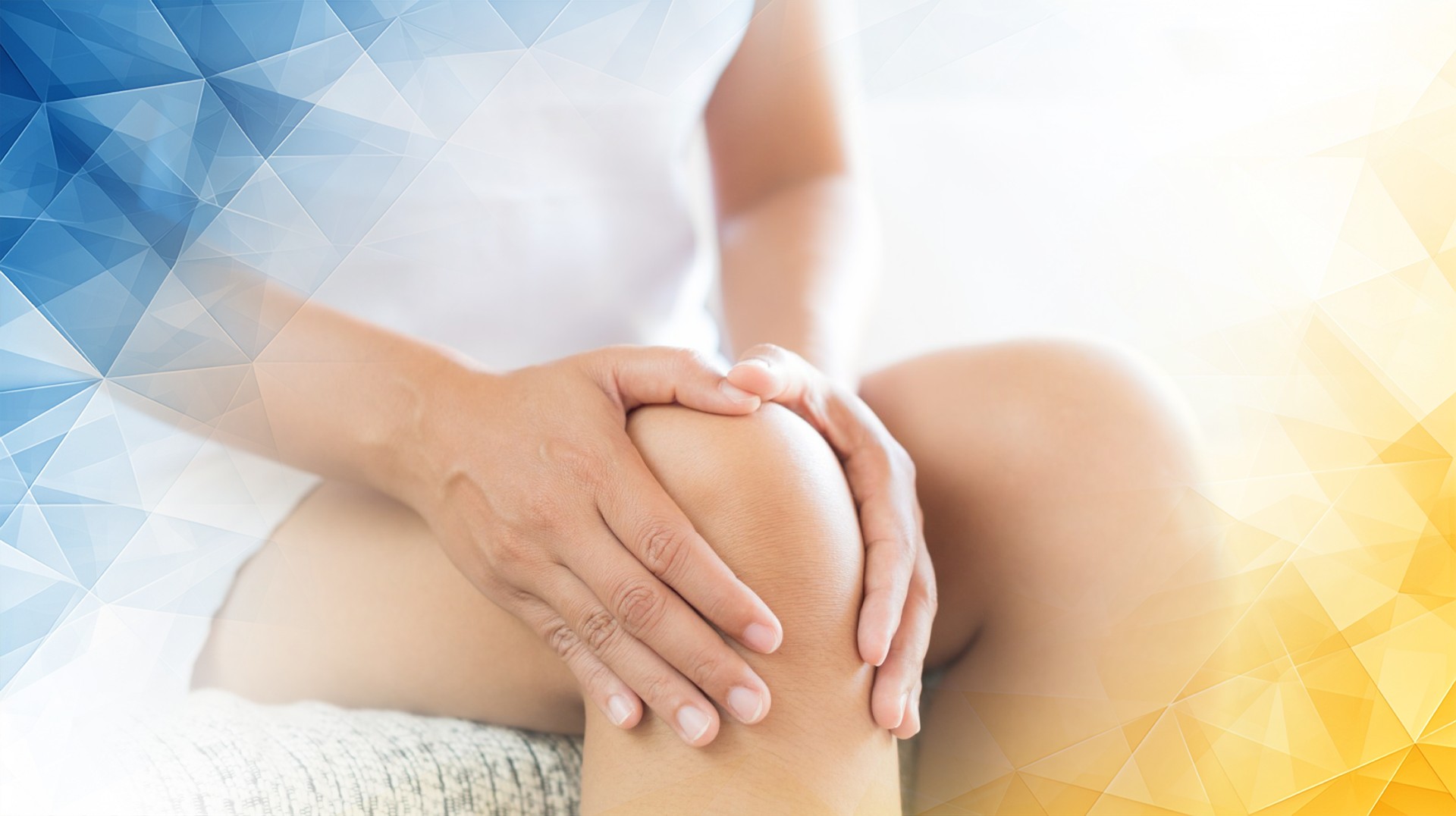



Introduction
Experiencing pain behind your knee when you bend or straighten your leg is both common and frustrating. The cause may seem simple at first, but the underlying reasons are often more complex, involving several structures inside your knee working together. In this article, we’ll take a closer look at synovial fluid , cartilage, and tendons—the key players in knee movement—to help you understand why the back of your knee might hurt. We’ll also offer practical, research-backed tips to help you manage and prevent this discomfort.
Understanding what’s inside your knee can help you make sense of your pain. The knee acts like a strong hinge, allowing your leg to bend and straighten. It relies on several parts to function smoothly:
When you bend (flex) or straighten (extend) your knee , these structures work in harmony to provide smooth, pain-free movement .
Pain behind the knee during movement often arises when one or more of these internal players isn’t working as it should. For example, if synovial fluid becomes less effective—due to inflammation, injury, or wear—the bones and cartilage may rub together more than usual. This can cause the cartilage to wear down, resulting in discomfort, especially at the back of the knee.
Tendons at the back of the knee, like your hamstrings , are also important here. Overuse, sudden injury , or repetitive stress can strain or inflame these tendons , causing pain whenever you bend or straighten your leg. Over time, small injuries and inflammation can build up, leading to persistent discomfort.
Sometimes, pain in the back of the knee signals a more serious problem, such as an infection or a blood clot—especially if it’s accompanied by swelling, redness, or fever . If your pain isn’t getting better or is linked with these symptoms, seek medical advice right away.
It’s also important to remember that pain isn’t just about what’s happening in your knee . The nervous system—how your body processes and interprets pain —plays a key role. Understanding both the local and broader causes of pain can help you take better care of your knees .
Thankfully, there are plenty of ways to manage and prevent pain at the back of your knee:
By taking these steps, you can help keep your knees healthy , strong, and pain-free.
Conclusion
Pain behind the knee while bending or straightening is often caused by how synovial fluid, cartilage, and tendons interact. By understanding what’s happening inside your joint, you can take smart steps to manage pain and protect your knees .
If knee pain lasts or gets worse, don’t hesitate to seek professional advice. With the right care, you can reduce discomfort and stay active and confident on your feet.
Shivers, J. P., & Standaert, C. J. (2024). “My Lungs Are Better, but Now My Back Hurts.”: Back Pain after Pneumonia. In (pp. 127-134). Oxford University Press New York. https://doi.org/10.1093/med/9780197652848.003.0016
Roberts, D. W. (2024). Why does my knee still hurt after my knee replacement? The Journal of Bone and Joint Surgery (American), 106(2), e2. https://doi.org/10.2106/jbjs.23.01128
Pain at the back of the knee is often caused by issues with synovial fluid, cartilage, or tendons. Problems like inflammation, overuse, or injury can disrupt these structures, leading to discomfort. For expert assessment and treatment, London Cartilage Clinic offers advanced diagnostics led by experienced surgeon Prof Lee.
Patients can manage pain by avoiding excessive strain, strengthening surrounding muscles, eating joint-friendly foods, and acting quickly at the first sign of discomfort. For personalised care plans and the latest treatment options, Prof Lee and the London Cartilage Clinic provide expert guidance based on years of clinical experience.
Medical advice is needed if pain is severe, persistent, or accompanied by swelling, redness, or fever, as these may indicate serious issues like infections. London Cartilage Clinic’s prompt assessments by Prof Lee ensure accurate diagnosis and timely intervention for even complex knee conditions.
London Cartilage Clinic combines cutting-edge technology with the clinical expertise of Prof Lee, who has an international reputation for treating cartilage and knee problems. The clinic’s patient-centred approach ensures individualised care and access to the latest, evidence-based treatments for a speedy recovery.
Prof Lee is renowned for his vast experience in cartilage repair and sports injury management. He has successfully treated thousands of knee conditions. Patients at London Cartilage Clinic benefit from his advanced surgical techniques and commitment to non-surgical solutions whenever possible, delivering outstanding outcomes and patient satisfaction.
All our treatments are selected to help patients achieve the best possible outcomes and return to the quality of life they deserve. Get in touch if you have any questions.
At London Cartilage Clinic, we are constantly staying up-to-date on the latest treatment options for knee injuries and ongoing knee health issues. As a result, our patients have access to the best equipment, techniques, and expertise in the field, whether it’s for cartilage repair, regeneration, or replacement.
For the best in patient care and cartilage knowledge, contact London Cartilage Clinic today.
At London Cartilage Clinic, our team has spent years gaining an in-depth understanding of human biology and the skills necessary to provide a wide range of cartilage treatments. It’s our mission to administer comprehensive care through innovative solutions targeted at key areas, including cartilage injuries. During an initial consultation, one of our medical professionals will establish which path forward is best for you.
Contact us if you have any questions about the various treatment methods on offer.
Legal & Medical Disclaimer
This article is written by an independent contributor and reflects their own views and experience, not necessarily those of londoncartilage.com. It is provided for general information and education only and does not constitute medical advice, diagnosis, or treatment.
Always seek personalised advice from a qualified healthcare professional before making decisions about your health. londoncartilage.com accepts no responsibility for errors, omissions, third-party content, or any loss, damage, or injury arising from reliance on this material. If you believe this article contains inaccurate or infringing content, please contact us at [email protected].